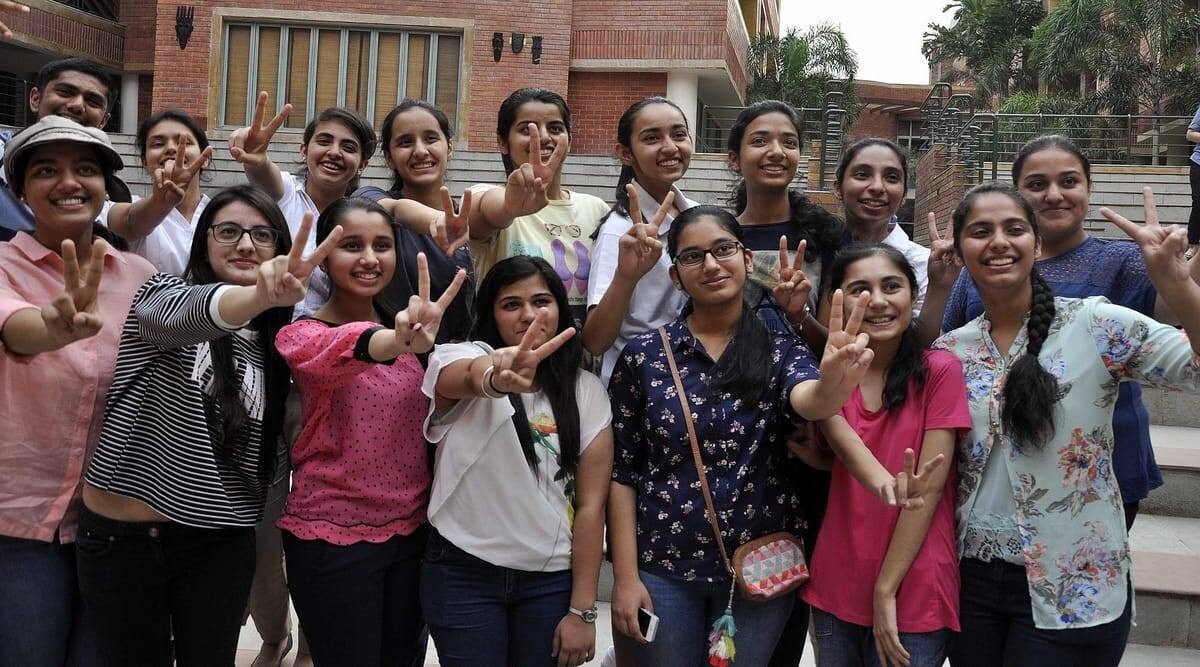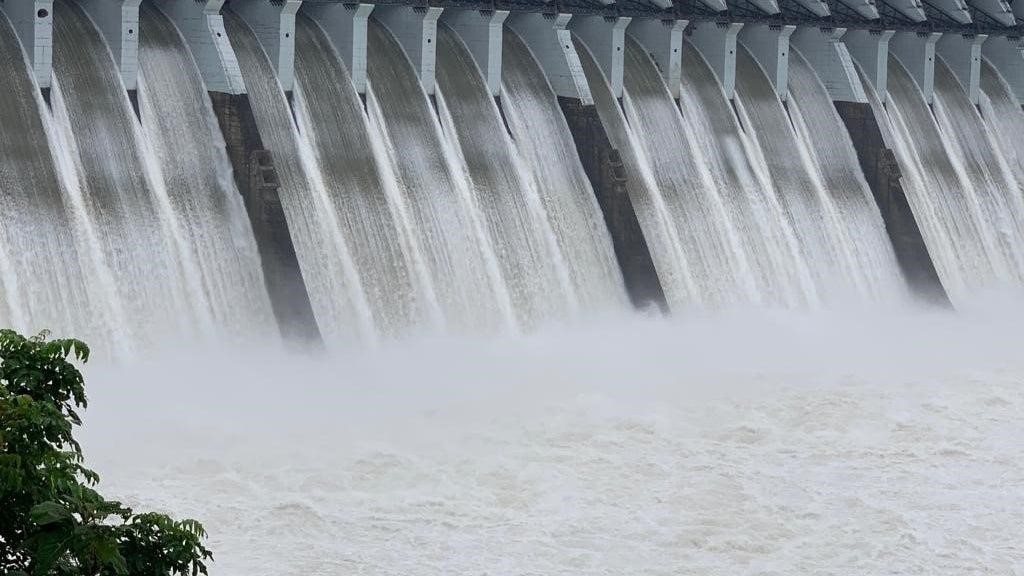Welcome to Labkafe ~ Orientallabs Retail Services Private Limited
The Chhattisgarh Board of Secondary Education, or CGBSE in short, controls the intermediate level of education in the state of Chhattisgarh. You can find the Chhattisgarh board official website right here: https://cgbse.nic.in . They have built up quite a good practical curriculum, and therefore we are presenting the CGBSE chemistry practical syllabus in this article.
The state of Chhattisgarh is relatively new in the country, and so they had little time to prepare all their educational infrastructure from scratch. That being said, they have done a remarkably good job of it! Chemistry is among the more difficult subjects to digest, yet they have configured the curriculum in such a way that it is well-paced out and with achievable milestones.
The CGBSE high school level is very important for Chhattisgarh students, who are at this point at a transitional phase in their career. Journeying from general education to precise specializations, students need to acquire some very specific skills in this phase. The CGBSE curriculum helps the students to achieve just that.
The syllabus is quite detailed and covers all the skills a higher secondary level student should acquire by the end of class 11 12. This is quite a long syllabus, and for many reasons many schools do not choose to complete it. But if you are looking to pursue a career in the line of chemistry or technology, then you will need all the skills out of this set of experiments and observations. Naturally, this list comes very handy in this case, to chalk out which practicals you have finished and which not.

Students will also have to complete a project and make a report on that. This would include sample collection, laboratory testing, and information collection from various sources, worth 10 periods of work. Some of the projects that the Chhattisgarh board suggests are as follows.


While the above CGBSE chemistry practical syllabus may look large and detailed, it is not hard to complete. All you need is a good wet lab furniture setup in an ample, well-lit space, and Labkafe’s CGBSE Chemistry Lab Package. This lab equipment package is configured to provide all the lab apparatus, equipment, support items and consumables needed to perform all the experiments and observations given above.
What’s more, this lab package is customized to be an affiliation package for the CGBSE board. Meaning, if you are building up your school to get affiliated to the Chhattisgarh board, then you can use this ready-made package (suitable for 30 students) to get that easily. Cherry on top, the package is also highly customizable, so you can edit it to your heart’s content.
Students studying under the CGBSE chemistry practical syllabus can find all the information they want about the board exam and its syllabus on the official website of the Chhattisgarh board . The website is full of information, relevant links, announcements, and circulars. It is useful for both students and teachers.
Labkafe is among the most promising laboratory supplies vendors in India. We manufacture and supply lab equipment, lab furniture, lab consumables, lab glassware, lab machines and more! Not only we manufacture lab items, we export to international resellers too. We fulfill CBSE ICSE ISC IGCSE IB State board affiliation requirements for schools by providing affiliation packages to schools. Our featured products are:
Chosen by over 1200 schools, colleges, universities, research labs, government agencies and private companies to build or renovate their laboratories, Labkafe stands as your best friend when it comes to labs. We are also a registered OEM on GeM. Our clients love us because we provide the best quality of lab products, free demos, free installation, and support for ever.
Do you wish to experience excellence too? Why not contact us today at [email protected], or call 9147163562 directly ‒ we are always available to serve. You can also use the chat button in the corner to connect to one of our representatives instantly!
Feb 16, 2023 by Biswajit Sana
Jan 24, 2023 by Biswajit Sana